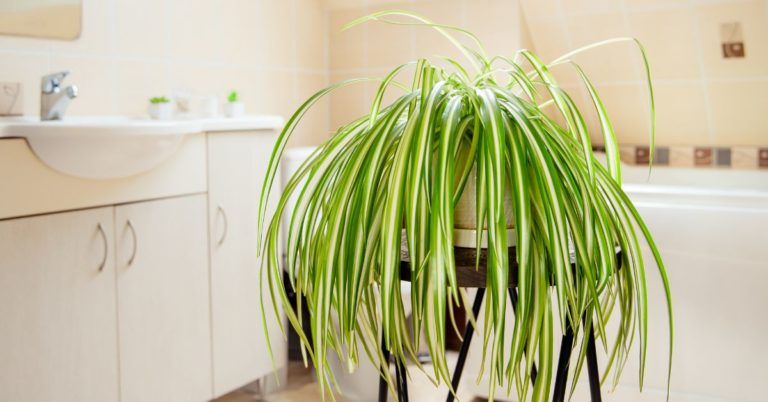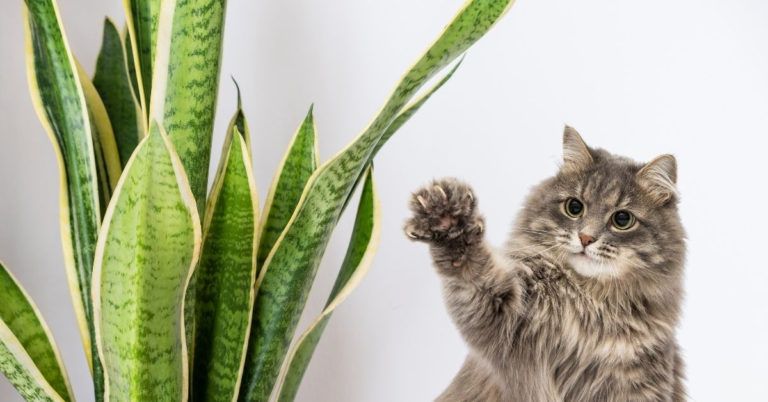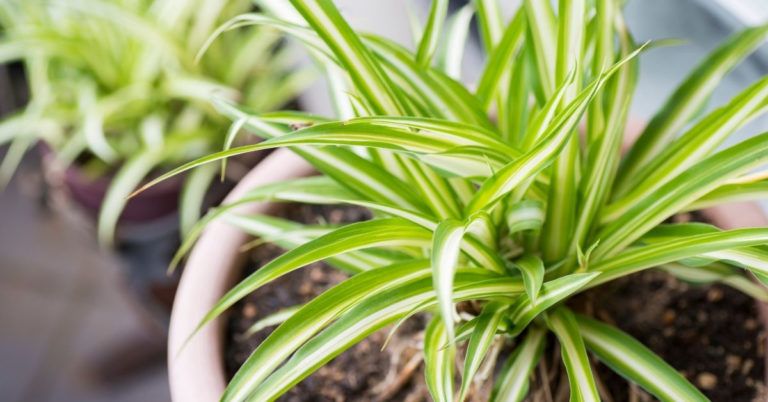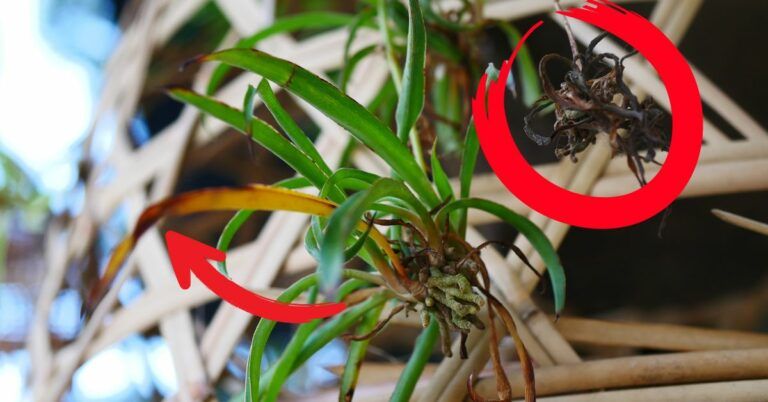Can You Bring Back a Dead Spider Plant? (Yes, You Can!)

You enjoy plants, particularly spider plants.
But your spider plants looked brown and wilted.
Can you bring back a dead spider plant?
Yes, you can bring back a dead spider plant to life again.
But how? This post will explore the causes of dead spider plants.
It will also share tips on how to save them and more.
Continue reading to learn why your spider plant is dying and how to bring your dead spider plant back to life.
What is causing your spider plant to die?
Often, you will find your spider plant wilting with brown leaves.
This can be attributed to several factors.
One, your spider plant may not have enough or too much sunlight.
Too little sunlight can damage your plant, as sunlight is essential for your spider plant to create food.
Too much sunlight can also damage them, as it can cause your spider plant’s leaves to overheat and turn brown.
Second, your spider plant may have been overwatered.
Spider plants require small amounts of water each day to stay healthy.
Too much water can lead to your spider plant developing root rot.
Root rot is often caused by fungi called water molds.
Water molds thrive on wet soil and live in the roots of plants.
These molds destroy the roots, hindering the plant from absorbing nutrients from the soil.
Lastly, your spider plant may be suffering from excess fertilizer.
Too much fertilizer can cause a buildup of salts in your plant’s soil.
Such buildup makes the plant unable to get moisture from the soil, thus causing it to wilt and die.
But maybe your spider plant is already near death. So how do you save it?
Also read: Why is My Spider Plant Dying? (7 Possible Causes and Fixes)
How do you save a dead spider plant?
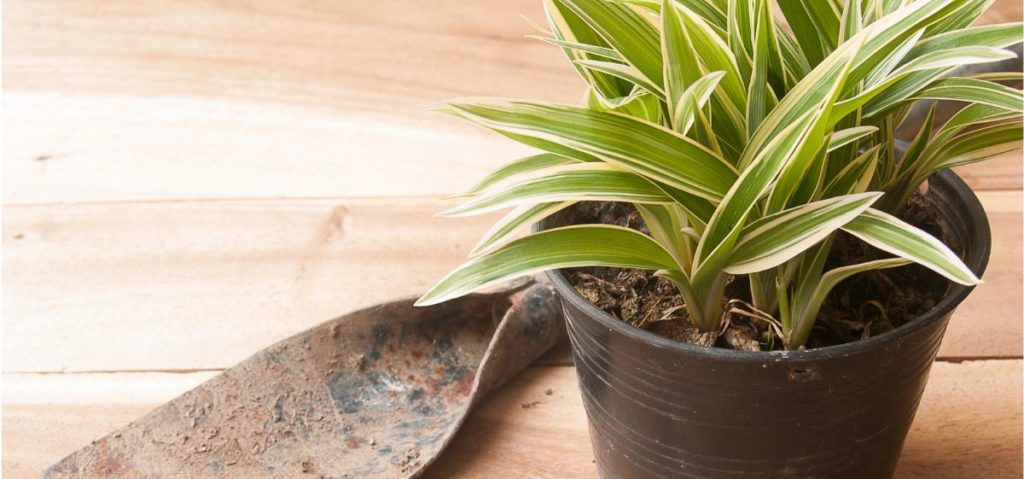
There are many reasons why a spider plant may die.
And if yours is dead, here’s how to revive it.
First, check for root rot.
Root rot is when the roots of the plant have a dark color.
Also, roots damaged by root rot are mushy rather than firm.
If you see root rot, the first step is to cut off all of the damaged roots.
Next, rinse the roots of any soil with clean water.
You then need to replace your pot’s soil with fresh soil.
And that’s how you save your plant from root rot.
Second, if you suspect you’ve overwatered your spider plant, here are the signs to look for.
The soil in your pot may be wet, even days after watering.
That is a sign of overwatering.
To solve this, simply place your pot under the morning sun to dry, or use paper towels as an alternative.
Next, you need to prune the dead parts of your spider plant.
Now, what to do if your plant has excess fertilizer?
Sometimes, you may be using more fertilizer than the recommended amount.
Always check your fertilizer’s instructions to see if you are using the proper amount.
If you suspect you’re using too much fertilizer on your spider plant, here are the things you can do.
Rinse the fertilizer from the soil.
This can be done by placing your pot under running water for a few minutes.
Repeat this process a few times to thoroughly wash the fertilizer away.
Do not add any more fertilizer after successfully washing all the fertilizer away from your spider plant’s soil.
Now that you have performed either of these steps above, you may wonder, what about the dead leaf tips?
Should I cut the dead leaf tips off my spider plant?
Keep reading, and you will find out.
Can you cut the dead ends off a spider plant?
Yes, you can cut the dead ends of your spider plants.
However, it is not necessary to do so.
Spider plant dead ends wither and eventually fall off the plant itself.
If your spider plant’s dead ends have some form of disease, they should be cut off immediately.
However, if you want, you can trim off all the brown and yellow parts of your spider plant to make it look better.
To start trimming your spider plant, you need a pruning shear.
Start by wiping your shears with some rubbing alcohol.
This will kill any bacteria on the shears that may infect your plant.
Next, start cutting away all the brown and yellow leaves.
Also, prune the foliage at the base of the plant that looks overgrown.
This will add some breathing room for your spider plant.
Next, trim the roots if it starts to get root bound, in other words, tangled up.
Finally, cut them from the parent if baby spider plants are off-shooting from your main plant.
You can put these new baby spider plants in new pots or throw them away.
Further reading: Why is My Spider Plant Turning Brown? Find Out Why!
Conclusion
Spider plants are often chosen as houseplants. This is because they are easy to grow.
They need little water to survive, hence their choice as beginners’ plants.
However, improper care can lead to your spider plants turning brown and wilting, eventually dying if not addressed quickly.
However, you can bring your dead spider plant back to life if you know what caused it to die in the first place.
Some causes of spider plant death are root rot, overwatering, and over-fertilizing.
Fortunately, each of these issues can be overcome with the proper methods.
Root rot can be solved by cutting the infected roots and replacing the soil.
Overwatering can be solved by drying the soil with paper towels.
Over-fertilizing your plants can be solved by rinsing the soil with water to wash off the fertilizer.
And it turns out that cutting off your spider plants’ dead tips is unnecessary unless there is a disease on those dead leaf parts.
While spider plants are easy to take care of, too much water or fertilizer can kill them.
Thus, it is important to ensure your spider plant is well cared for and given essential nutrients in the right amount.
Don’t forget to read our spider plant care guide to learn how to properly care for your spider plants.
Now, I’d like to hear from you.
Have you ever had a spider plant dying on you before? What steps you took to nurture it back to life?
Please share your experience by commenting down below.
Until then, happy gardening!
